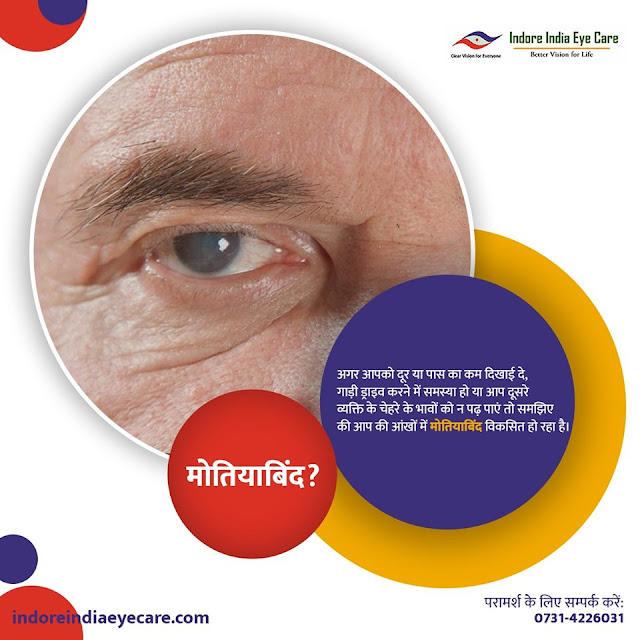Surgery for Cataracts
The standard cataract surgical procedure is typically performed in either a hospital or in an ambulatory surgery center. The most common form of cataract surgery today is a process called phacoemulsification. With the use of an operating microscope, your surgeon will make a very small incision in the surface of the eye in or near the cornea. A thin ultrasound probe is inserted into the eye that uses ultrasonic vibrations to dissolve (phacoemulsify) the clouded lens. These tiny fragmented pieces are then suctioned out through the same ultrasound probe. Once the cataract is removed, an artificial lens is placed into the same thin capsular bag that the cataract occupied. This intraocular lens is essential to help your eye focus after surgery.
There are three basic techniques for cataract surgery:
- Phacoemulsification: This is the most common form of cataract removal as explained above. In this most modern method, cataract surgery can usually be performed in less than 30 minutes and usually requires only minimal sedation and numbing drops, no stitches to close the wound, and no eye patch after surgery.
- Extracapsular cataract surgery: This procedure is used mainly for very advanced cataracts where the lens is too dense to dissolve into fragments (phacoemulsify) or in facilities that do not have phacoemulsification technology. This technique requires a larger incision so that the cataract can be removed in one piece without being fragmented inside the eye. An artificial lens is placed in the same capsular bag as with the phacoemulsification technique. This surgical technique requires a various number of sutures to close the larger wound, and visual recovery is often slower. Extracapsular cataract extraction usually requires an injection of numbing medication around the eye and an eye patch after surgery.
- Intracapsular cataract surgery: This surgical technique requires an even larger wound than extracapsular surgery, and the surgeon removes the entire lens and the surrounding capsule together. This technique requires the intraocular lens to be placed in a different location, in front of the iris. This method is rarely used today but can be still be useful in cases of significant trauma.
Indore India Eye Care is one of the best eye hospital in Indore, having experienced eye specialists offering eye treatment including lasik Eye surgery in Indore, cataract surgery, squint surgery etc. We have the best lasik surgeons and cataract surgeon in Indore. Our lasik surgery cost in Indore is very low and affordable. For more Fix an Appointment today call us +91-8819924707, +91-9977141260, visit on online website http://www.indoreindiaeyecare.com/
Please go through our social media :
like our page to know more about eye
Facebook : https://www.facebook.com/eyeclinicsinIndore/
Please do follow on Instagram
Instagram : https://www.instagram.com/indoreindiaeyecare_/
To More Post: Lasik Eye Surgery in Indore





Comments
Post a Comment